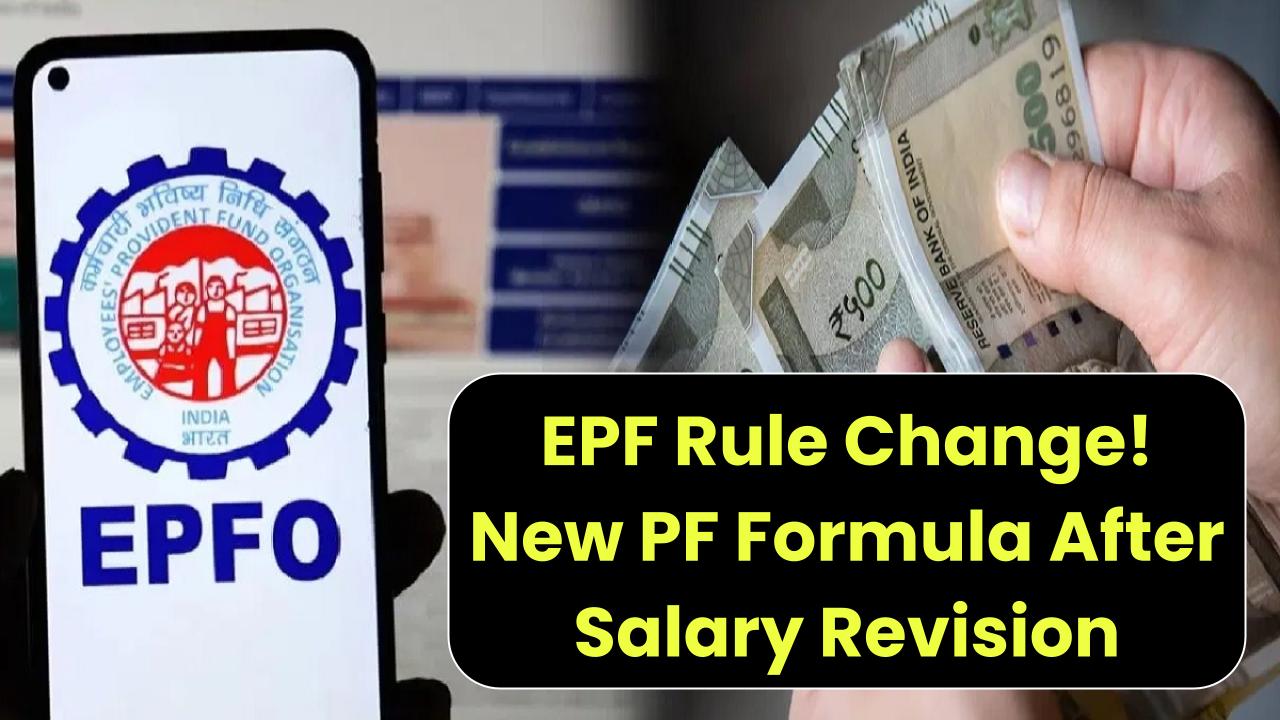The question of whether an employee can legally maintain two Provident Fund (PF) accounts under the Employees’ Provident Fund (EPF) system is one that affects millions of Indian workers. While job changes often result in the creation of multiple accounts, the Employees’ Provident Fund Organisation (EPFO) has made clear rules to regulate how these accounts should be managed.

EPF Rules and the Role of UAN
The EPF is a government-backed retirement savings scheme that requires contributions from both employers and employees. In 2014, the EPFO introduced the Universal Account Number (UAN) to simplify transfers and consolidate PF accounts.
According to the EPFO, each employee is required to maintain only one UAN throughout their career. Employers generate a new PF Member ID whenever a person joins their organisation, but all IDs must be linked to the same UAN.
“A member should not have more than one UAN. If multiple UANs are allotted, the member must inform the EPFO for consolidation,” the agency states in its official guidelines.
Why Multiple PF Accounts Occur
Despite these rules, many workers end up with more than one PF account due to administrative errors or incomplete transfers during job changes.
Common reasons include:
- Employers creating a new UAN instead of linking to an existing one.
- Employees not requesting a transfer of the old PF balance.
- Lack of updated KYC details such as Aadhaar and PAN, which complicates the linking process.
Risks of Maintaining Two PF Accounts
Maintaining more than one PF account without merging them can cause several complications.
- Inactive Accounts: According to the EPFO, accounts with no contributions for 36 consecutive months become dormant, and interest may not accrue after that period.
- Withdrawal Delays: Employees may face difficulty in claiming their funds during retirement or job changes.
- Pension Benefits Impact: Splitting contributions across accounts can disrupt pension eligibility under the Employees’ Pension Scheme (EPS).
How to Merge Two PF Accounts
To address this issue, the EPFO provides an online facility known as “One Member – One EPF Account”. Employees can log into the EPFO Member Portal and submit a transfer request to merge multiple accounts.
Steps include:
- Updating KYC details under the active UAN.
- Requesting the transfer of funds from the old Member ID.
- Submitting the request for employer and EPFO verification.
In cases where multiple UANs exist, employees must raise a grievance through the EPFO portal to deactivate the older UAN and consolidate balances into the active one.
“The consolidation process ensures that workers retain all their contributions in a single, seamless account, safeguarding both their savings and pension eligibility,” said a senior EPFO official during a press briefing in March 2024.
Expert Opinions and Employee Guidance
Labour law experts stress that while having two PF accounts is possible in practice, it is neither advisable nor compliant with EPFO policy.
Ritu Verma, a retirement planning advisor at Deloitte India, said:
“Multiple accounts create unnecessary administrative hurdles. Employees should make sure that every new employer maps their PF contributions to the existing UAN.”
Financial planners also recommend that employees periodically check their passbooks on the EPFO portal to ensure that contributions are credited under the correct UAN.
While it is technically possible for employees to hold more than one PF account, the EPF rules clearly discourage maintaining two accounts under separate UANs. The EPFO has streamlined mechanisms for account transfers and consolidation, ensuring that retirement savings remain secure and accessible. Employees are advised to take prompt action to merge accounts and comply with official guidelines to protect their long-term financial security.








